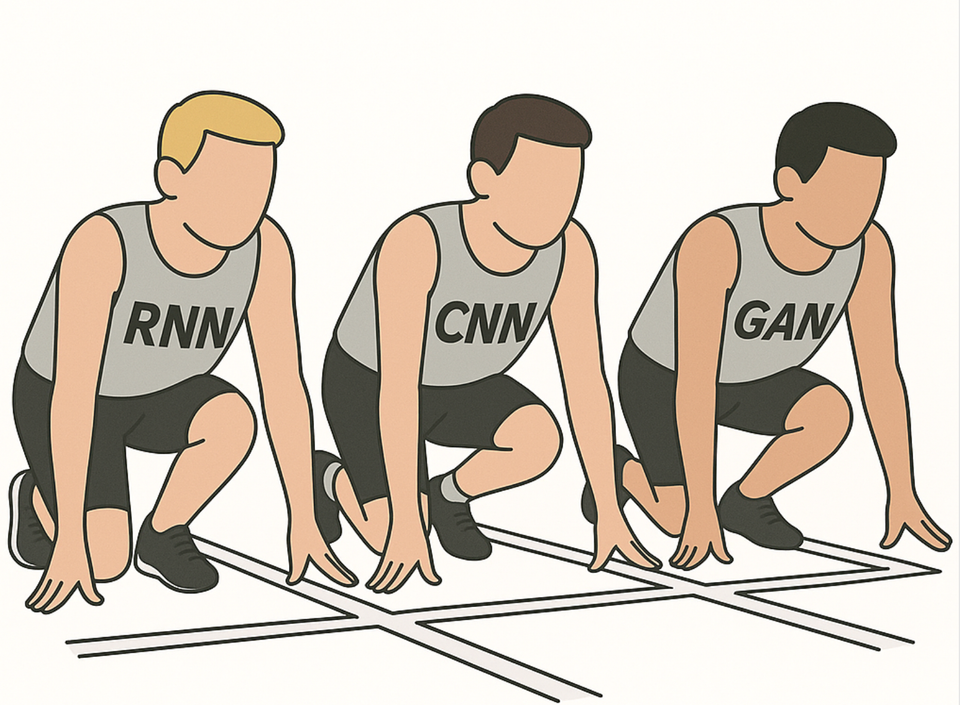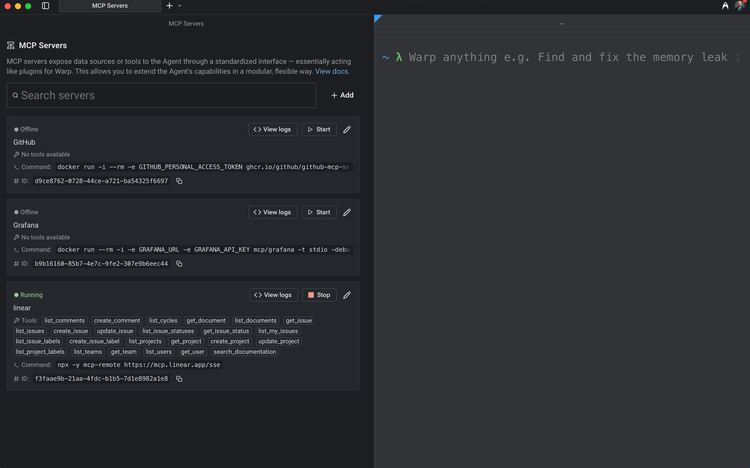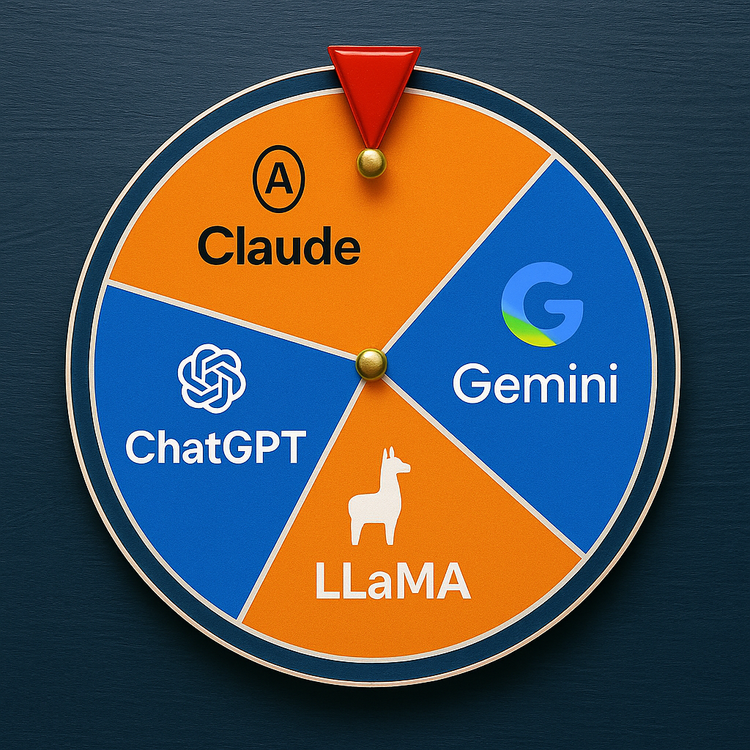Mastering the Interview Method of Prompt Engineering

In this deep-dive series on Prompt Engineering and GenAI, we are going to go through the Interview Method, a structured prompting technique where you prompt the AI to behave like an interviewer, by asking probing questions to gather the necessary context before offering solutions. This technique mirrors how real consultants or product managers explore a problem by not jumping to conclusions, rather first understanding the situation deeply.
So instead of asking: "How should I organize this messy codebase?"
…the interview technique would prompt: "Act like an interviewer, ask me targeted questions to understand my codebase before giving a plan."
This would yield critical details you might have forgotten, leading to tailored actionable answers.
Why Does It Work?
- Better context: AI often lacks project-specific nuances unless explicitly provided. By asking first, the model draws out the nuances before jumping to conclusions.
- Consultative flow: Mimics the dialogue-driven approach used by real-world experts—understand first, then solve.
- Incremental progress: It breaks down large tasks into manageable steps, decreasing risk of misfires.
A Practical Walkthrough
Let’s go through a practical example of how to use this technique, step-by-step.
1. Start with a setup prompt
To illustrate a practical walkthrough, lets take the following programming illustration:
"I'm working with a codebase that feels messy and disorganized. Instead of giving a quick solution, act as an interviewer—ask me questions so you fully grasp the project's structure and dependencies before proposing a reorganization plan."
The prompt (interviewer) may ask:
- What programming languages are in use?
- How big is the codebase? Are you using any frameworks?
- Who’s collaborating on it?
- What growth or maintenance goals do you have?
2. Respond, refine, repeat
Answering the above questions, the AI will ask more insightful and contextual questions. This dynamic gives you the opportunity to steer the conversation and uncover complexity you might’ve overlooked.
3. Transition into solutions
Once we have established the context and it is clear, prompt: "Now that you’ve asked and I’ve answered, can you recommend a directory structure and outline steps/scripts to implement it?"
4. Drill down further
Want more detail? You may ask the following:
- “Generate a shell script for directory creation.”
- “Which dependencies need updates?”
- “How should I version migrations?”
Advanced Use: Interview + Other Prompt Patterns
We can take this interview technique a step further:
- Layer with “5 Whys”: Once clear, ask the AI to poke at assumptions (“ask me 5 Whys”)  .
- Combine with Chain-of-Thought: Encourage stepwise thought (“Think step by step”). Lookout for a separate article on this technique. 
Tips to Get the Most from It
The following are tips to further refine this technique that you can try:
- Explicitly ask for questions first: “Before anything else, I want you to ask clarifying questions.”
- Control pace: Add “Ask only one question at a time,” to guide dialogue rhythm.
- Set persona/domain context: “You are an experienced systems engineer” provides focus.
- Use checkpoint triggers: When moving from questioning to advising, use phrases like “Now proceed with recommendations.”
- Iterative depth: Once solutions arrive, ask AI to “go deeper” on specific parts or “challenge assumptions.”
When to Use—and When Not To
We will publish a few different techniques, so it is worth noting when this technique shines and when it isn’t ideal.
✔️ Best for:
- Unspecific, multi-faceted problems
- Projects with hidden complexity
- Praise-worthy when needing tailored guidance
❌ Not ideal for:
- Very structured, simple tasks (e.g. “Translate this sentence”)
- When no domain context is needed
- Quick output without iterative clarity
Final Thoughts
The Interview Method in prompt engineering transforms AI from a scripted chatbot into a consulting partner. It respects the iterative, context-dependent nature of real-world problem-solving, through questioning before answering,
By guiding the model to explore, clarify, and then propose, you unlock much richer, bespoke outputs.





Member discussion